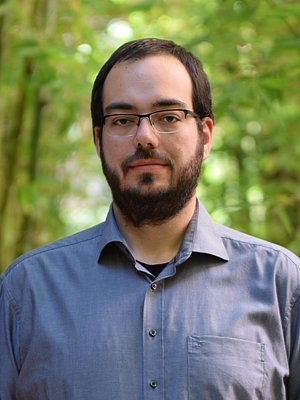
The role of protein glycosylation in the bone marrow microenvironment of patients with myelodysplastic syndromes and acute myeloid leukemia
Cancerous transformation is a highly complex interaction of disrupted cellular processes, that influence cell proliferation, survival and regeneration. Among these processes, aberrant glycosylation has recently been highlighted as one of the key events influencing neoplasia. Glycans are among the most abundant classes of biomolecules and are key to essential physiological processes (>50% of the human proteome are glycosylated). Abnormal protein glycosylation has been linked to the pathology of cancer cells as well as to neurodegenerative diseases, inflammatory diseases and congenital diseases among others. Even minute changes in glycosylation can be markers for aberrant biological processes (e.g. increased core-fucosylation), or drive some of these processes themselves.
Analyzing the glycoproteome is challenging, as glycosylation is a non-templated PTM and varies on several levels. Glycoproteins may have several glycosites, each of which might or might not be occupied at a given time (Macrohetrogeneity), in addition the occupying glycan might vary in structure (Microheterogeneity). Both these factors are influenced by the tissue analyzed, depend on the sub-cellular location and the state of disease. In turn specific glycans can influence biological responses. The inherent difficulties in analyzing glycosylation down to the microheterogeneity level are commonly addressed in one of two general ways: 1) reduction of complexity, 2) strong enrichment and stringent workflow optimization.
As reduction of complexity leads to a loss of potential information, one major aspect of the project is to establish a platform of stringent and tested workflows to facilitate glycoproteome analysis from a first ‘fingerprinting’ (screening) to a detailed analysis of the glycosylation status of complex biological systems. We aim to establish a set of ‘pick and choose’ standard protocols (depending on the study-aim) for the crucial steps of sample preparation: lysis, digest, enrichment and MS-analysis.
Another aspect is the implementation of metabolic labeling protocols, where living biological samples (from cells to fresh tumor tissue) are labelled with sugars or amino acids carrying bioorthogonal handles. These facilitate bioorthogonal tagging and enrichment – to this end we are establishing a multiuse-probe platform that facilitates analysis in method spanning manners:
Probes can carry several “readouts” in parallel, reaching from dyes for microscopy applications to enrichment handles. Other applications facilitate crosslinking, heavy/light labeling, radiography etc. These probes are freely configurable and are developed in the Junior Group of Dr. Ulla Gerling-Drießen at the HHU in Düsseldorf (https://www.macrochem.hhu.de/subgroup).
I am currently applying these methods in various cancer models (e.g. AML), and plan to begin analyzing patient samples shortly.
I am always open for collaborations, please contact me at:
Marc.Driessen at hhu.de // Proteome.hhu.de
